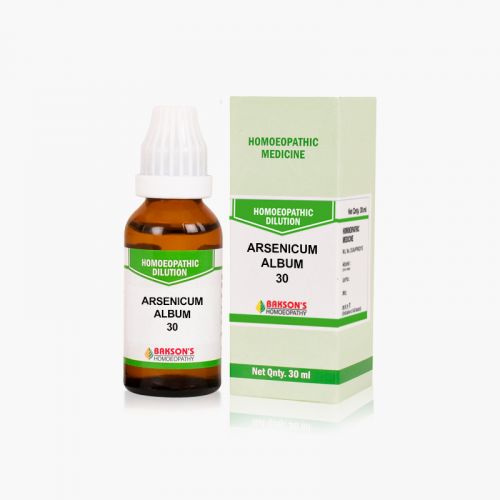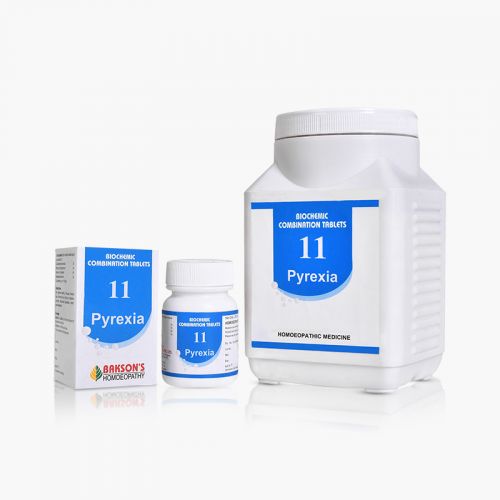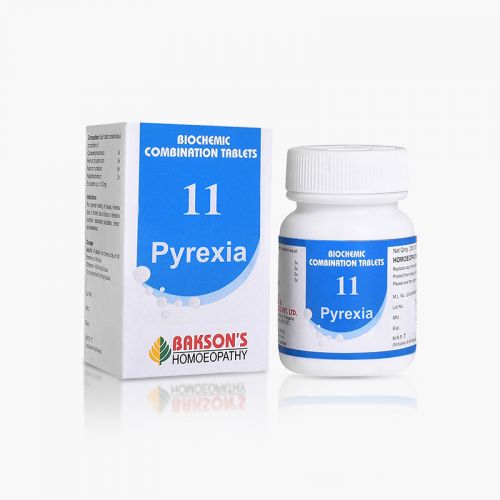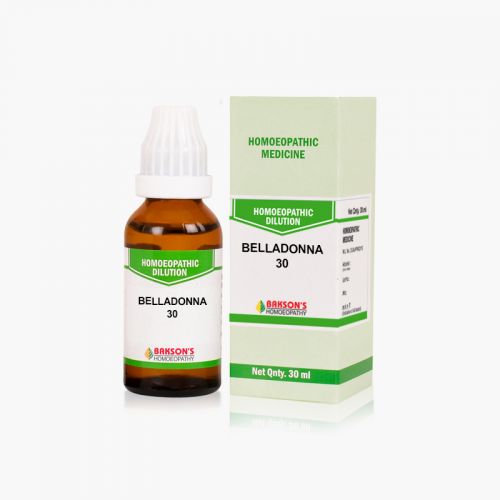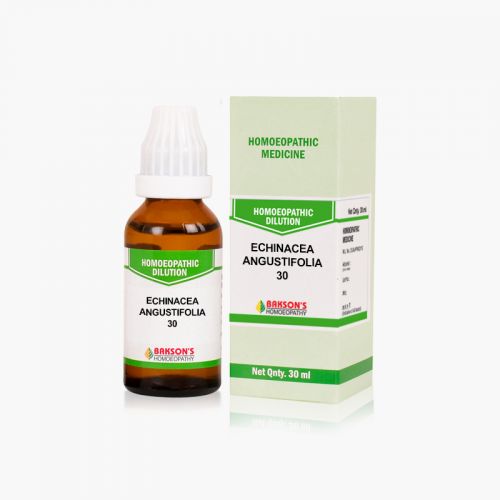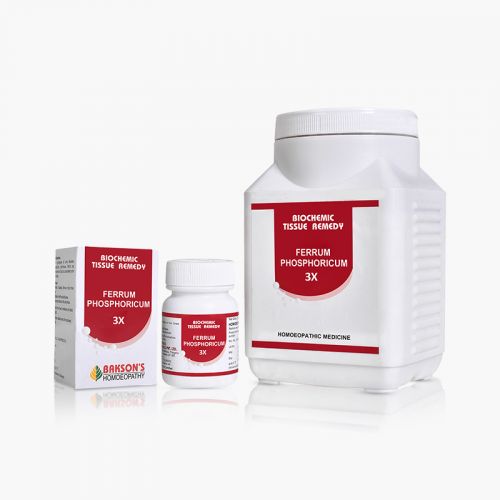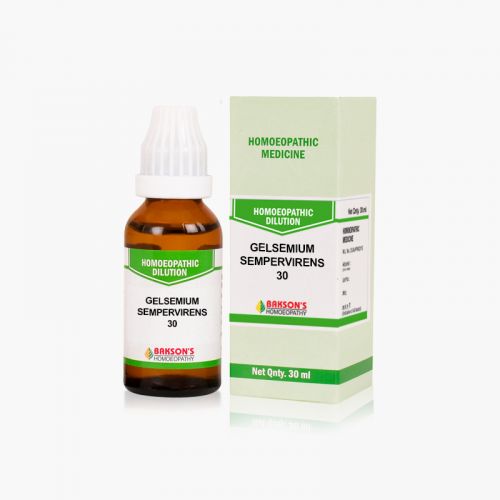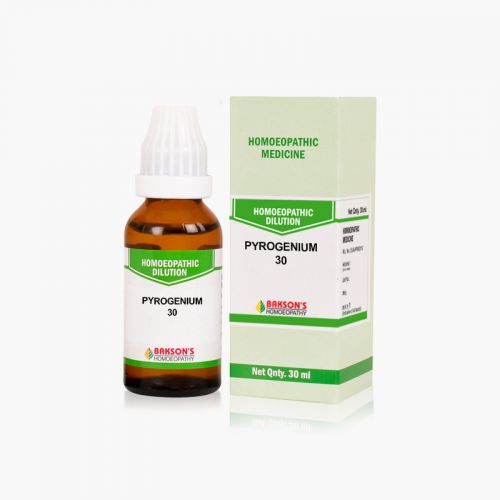We use cookies to make your experience better. To comply with the new e-Privacy directive, we need to ask for your consent to set the cookies. Learn more.
What is Fever?
Pyrexia or fever is an abnormal elevation of body temperature. It is said to be present when:
- Rectal temperature is at or over 37.5 - 38.3ºC (99.5 - 100.9ºF)
- Oral Temperature is at or over 37.2ºC (99.0 ºF) in the morning or over 37.7 ºC (99.9 ºF) in the afternoon.
- Axillary temperature is at or over 37.2 ºC (99.0ºF)
Causes
Fever can be caused by various viruses, bacteria, parasites and might be seen in certain conditions. Pyrexia of unknown origin can also be seen in many cases. Fever can occur in certain patterns which indicates towards the diagnosis.
- It can be a continuous fever, as seen in typhoid, lobar pneumonia, UTI or typhus, where the temperature remains elevated throughout the day and does not fluctuate by more than 1ºC in 24 hours.
- Intermittent fever, as seen in malaria, leishmaniasis, pyemia or sepsis, where temperature is elevated for a certain period, cycling back to normal. It can further be of quotidian, tertian and quartan types in malaria.
- Remittent fever, as in infective endocarditis or brucellosis, where temperature is elevated all day and fluctuates by more than 1ºC in 24 hours.
Signs and Symptoms
Symptoms include chills, shivering initially, followed by feeling flushed and sweating. There may be associated symptoms like lethargy, loss of appetite, sleepiness, headache, bodyache, and inability to concentrate.
Diagnosis
Fever can be easily diagnosed by checking the body temperature, but to determine the cause, a history, physical examination and certain laboratory investigations like blood tests, urine test and imaging tests may be required.
Management
The treatment depends on the cause of the fever. A low-grade fever with no other symptoms doesnעt typically require medical treatment. Drinking fluids and resting are usually enough to fight off a fever.
When a fever is accompanied with mild symptoms, it can be helpful to treat elevated body temperature by:
- Maintaining a comfortable room temperature
- Taking a regular bath or a sponge bath using lukewarm water
- Drinking plenty of fluids
Preventive measures include:
- Washing hands often and properly, especially before eating, after using the toilet, and after being around large numbers of people.
- Always carry a hand sanitizer or antibacterial wipes.
- Avoid touching nose, mouth, or eyes with unwashed hands.
- Cover the mouth while coughing and the nose when sneezing.
- Avoid sharing cups, glasses, and eating utensils with other people.
Warning: Above information provided is an overview of the disease, we strongly recommend a doctor's consultation to prevent further advancement of disease and/or development of complications.
Disclaimer: The information provided herein on request, is not to be taken as a replacement for medical advice or diagnosis or treatment of any medical condition. DO NOT SELF MEDICATE. PLEASE CONSULT YOUR PHYSICIAN FOR PROPER DIAGNOSIS AND PRESCRIPTION.
- ARSENICUM ALBUM 30₹ 100.00
-
- BCT # 11 (PYREXIA)-250TABSpecial Price ₹ 84.00 Regular Price ₹ 105.00
- BELLADONNA 30₹ 100.00
- BRYONIA ALBA 30₹ 100.00
- ECHINACEA ANGUSTIFOLIA 30₹ 100.00
- EUPATORIUM PERFOLIATUM 30₹ 100.00
-
- FEVO AID (SUGAR FREE)₹ 330.00
- GELSEMIUM SEMPERVIRENS 30₹ 100.00
- PYROGENIUM 30₹ 100.00




